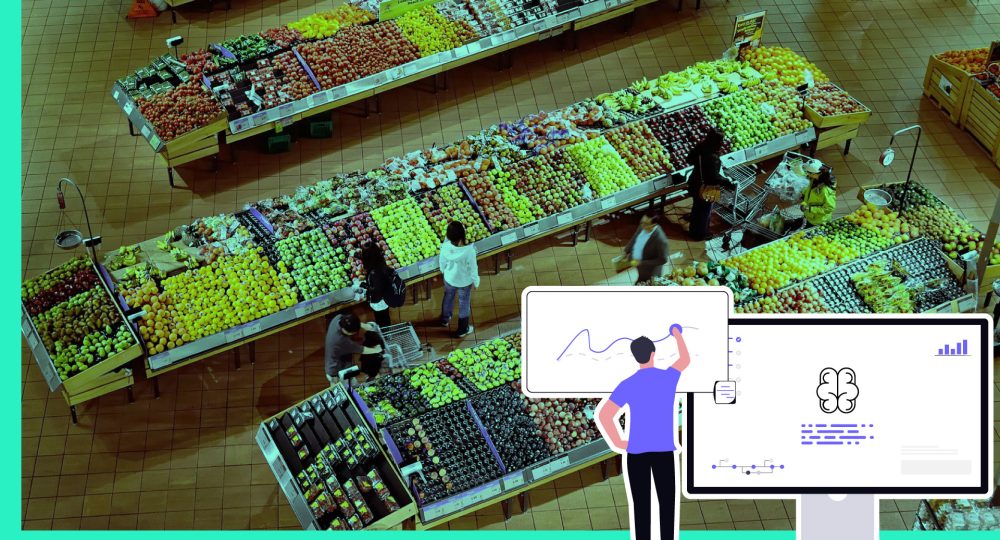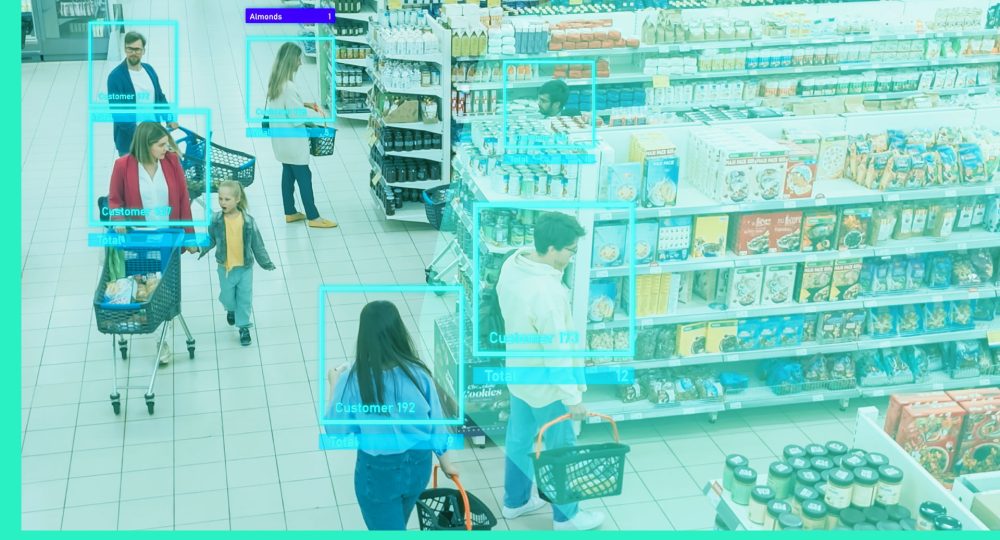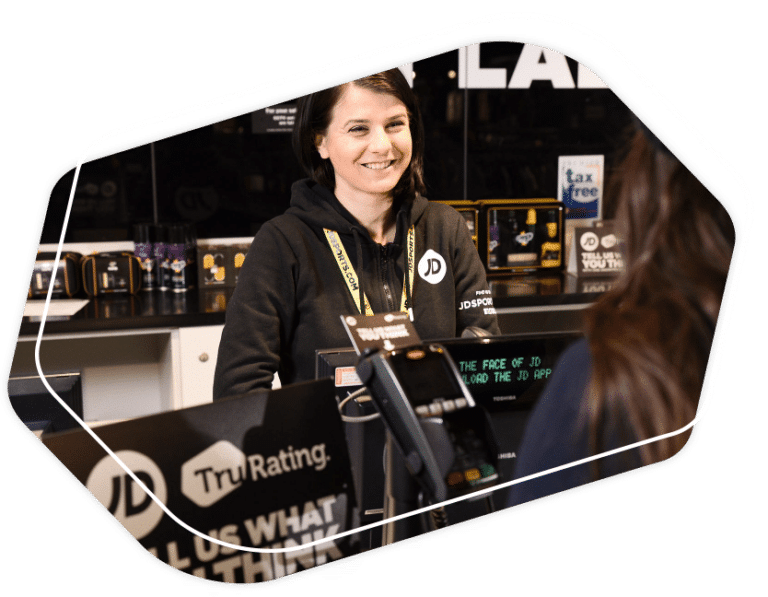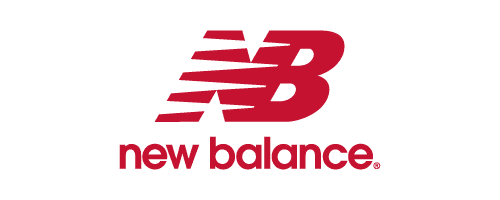Success in retail is not just limited to selling products; it revolves around understanding customers deeply and anticipating their needs before they even realize it. This is where predictive analytics comes into play, revolutionizing the retail industry by employing data analysis, statistical algorithms, and machine learning to predict future trends and customer behavior.
This article explores the world of predictive analytics in retail, its benefits, and applications and provides examples to illustrate its significance.
Predictive analytics in retail
Predictive analytics in retail is a game-changer, offering insights that go beyond traditional methods of analysis. By collecting and analyzing past and current data, retailers can forecast factors influencing the industry, customer preferences, and business outcomes. The primary goal is to empower retailers with the knowledge to make informed decisions, optimize operations, enhance customer satisfaction, and boost profitability.
Discover how to achieve retail operations excellence with our Store Operations Guide.
The role of big data and predictive analytics in retailing
Big data is crucial in predictive analytics in retail, serving as the foundation for advanced analytical models and insights. By leveraging vast amounts of structured and unstructured data, including customer transactions, social media interactions, and market trends, retailers can gain a comprehensive understanding of their operations and consumer behavior. Machine learning and AI algorithms analyze this data to identify patterns, predict outcomes, and generate actionable recommendations, driving innovation and strategic decision-making in retail.
How much do retailers spend on predictive analytics?
Investment in predictive analytics in retail varies depending on the size and scope of the business. However, with the growing importance of data-driven decision-making, retailers are increasingly allocating resources to predictive analytics initiatives. According to a report by Fortune Business Insights, the global retail analytics market size was valued at $7.56 billion in 2023 and is projected to grow from $8.75 billion in 2024 to $31.08 billion by 2032.
Benefits of predictive analytics in retail
Predictive analytics in retail has vast and impactful benefits. By harnessing the power of data-driven insights, you can optimize inventory management, pricing strategies, marketing campaigns, and more.
With demand forecasting, you can minimize stockouts, reduce excess inventory, and ensure product availability when and where customers need it. Price optimization enables retailers to set competitive prices, maximize revenue, and attract customers in a dynamic market environment.
Examples of predictive analytics in retail
The retail industry benefits greatly from the diverse applications of predictive analytics. Let’s explore several examples of how it’s used:
1. Customer segmentation
Predictive analytics can help you segment your customer base into distinct groups based on demographics, purchasing behavior, and preferences. By understanding these segments, you can tailor marketing campaigns, promotions, and product recommendations to specific customer needs.
By incorporating solutions such as TruRating to capture customer feedback at the point of sale, you’re able to collect quantitative basket data and contextualise it with customer sentiment to create more distinct customer groups.
2. Price optimization
Using predictive analytics, you can determine the best pricing strategy for your products and services. By analyzing factors like competitor pricing, demand elasticity, and customer behavior, your team can adjust prices dynamically to maximize revenue and profitability.
Dynamic pricing algorithms enable retailers to offer personalized discounts, promotions, and pricing strategies based on real-time market conditions and customer insights.
3. Inventory management
Predictive analytics is vital for optimizing inventory levels and distribution channels, especially for retailers. Using it, you can forecast product demand, anticipate seasonal trends, and identify slow-moving items to streamline inventory management processes.
Moreover, retailers that utilize TruRating’s customer feedback solution can ask a simple question at the point of sale, such as ‘Did you find everything you need today?’ to determine whether their inventory matches customer expectations.
By maintaining optimal stock levels, you’re able to minimize stockouts, reduce carrying costs, and improve overall supply chain efficiency.
4. Marketing and campaign optimization
Predictive analytics empowers your marketing team to optimize marketing campaigns and promotional activities for maximum impact and ROI. By analyzing historical sales data, customer demographics, and market trends, they can identify the most effective marketing channels, messages, and timing for their campaigns.
Through A/B testing, your marketing team can experiment with different marketing strategies and iterate based on performance metrics to improve campaign effectiveness and customer engagement.
5. Fraud detection
Fraud detection is paramount to protecting against financial scams and safeguarding customer trust. Predictive analytics enables you to detect and prevent fraudulent activities such as payment fraud, identity theft, and account takeover.
By analyzing transaction data, user behavior patterns, and anomaly detection algorithms, retailers have been able to identify suspicious activities in real-time and take proactive measures to mitigate risks and losses.
How to use predictive analytics in retail
Leveraging predictive analytics is key to staying ahead of the curve. To guide you through this transformative journey, we break down how to approach your strategy below. From data collection and integration to continuous monitoring and optimization, each step plays an important role in unlocking the full potential of predictive analytics:
Step 1 – Data collection and integration
The first step is to gather data from various sources such as sales transactions, customer interactions and feedback, inventory records, and external market data. Integrating this data lets you get a complete view of your operations and customer behavior.
Step 2 – Data cleaning and preparation
It’s important to clean and prepare the data before analyzing it. This involves removing duplicates, correcting errors, handling missing values, and standardizing formats to ensure accuracy and consistency.
Step 3 – Feature selection and engineering
In this step, you need to identify relevant variables or features from the dataset that predict sales performance. You may need to create new variables or transform existing ones for better predictive accuracy.
Step 4 – Model development and evaluation
After collecting historical data, you can develop predictive models using machine learning or AI algorithms. These models must be evaluated using performance metrics to ensure accuracy and generalizability. By leveraging AI in model development, you can make more accurate predictions. AI algorithms enable you to utilize advanced techniques like neural networks and automated feature engineering to extract insights from complex datasets.
Step 5 – Implementation and integration
It’s now time to implement and integrate the models into your operations. This involves deploying the models in a production environment and integrating them with your existing systems to maximize their value.
Step 6 – Continuous monitoring and improvement
Data is a living and breathing entity that requires continuous monitoring of patterns, model performance, and business dynamics. Regular updates and optimizations ensure that predictive analytics initiatives remain aligned with evolving business objectives and market conditions.
Causal analytics vs predictive analytics
Understanding the difference between predictive and causal analytics is importamt for retailers looking to use data for strategic advantage.
Predictive analytics forecasts future events based on historical data. It identifies patterns and trends to predict outcomes, helping retailers anticipate sales, customer behavior, and inventory needs. This approach enhances decision-making by providing insights into what is likely to happen.
Causal analytics, on the other hand, focuses on understanding cause-and-effect relationships. It goes beyond correlation to determine why events happen and how variables influence outcomes. This approach helps retailers evaluate the impact of specific actions and understand the drivers behind observed trends.
Combining predictive and causal analytics provides a comprehensive approach. Predictive analytics forecasts future scenarios, while causal analytics explains the underlying reasons, enabling strategic and effective interventions. Together, they empower retailers to make informed, data-driven decisions for optimal outcomes.
By integrating causal analytics with our robust feedback collection system, TruRating empowers retailers to understand not just what is happening in their stores, but why. This deeper insight allows for more strategic decision-making, ultimately leading to better customer experiences and improved business outcomes.
How sentiment data can enrich predictive analytics
Predictive analytics is a beacon of insight, guiding businesses toward informed decisions and improved outcomes. However, to truly unlock predictive analytics’ transformative power, you should augment your data-driven strategies with causal sentiment data.
TruRating’s POS survey solution seamlessly integrates sentiment data into your predictive analytics workflows, enriching insights and driving tangible business results.
By harnessing TruRating, retailers gain access to real-time sentiment analysis directly from the point of sale, providing invaluable insights into customer preferences, satisfaction levels, and purchasing behaviors. This sentiment data serves as a critical input for predictive models, enabling you and your team to anticipate trends, optimize pricing strategies, and tailor marketing campaigns with unparalleled precision.
Moreover, by combining sentiment data with traditional predictors in predictive analytics models, retailers can uncover hidden patterns, identify emerging trends, and mitigate potential risks more effectively. Whether it’s forecasting demand, optimizing inventory management, or enhancing customer segmentation, the incorporation of sentiment data elevates the predictive capabilities of retail analytics, leading to better decision-making and better business outcomes.
With predictive analytics, the future of shopping is brighter than ever, offering endless possibilities for innovation and growth in the retail industry. Embrace the power of sentiment-driven predictive analytics with TruRating and revolutionize your retail strategy today.
If you’re interested in learning more about our customer feedback platform, schedule a demo with us today.












